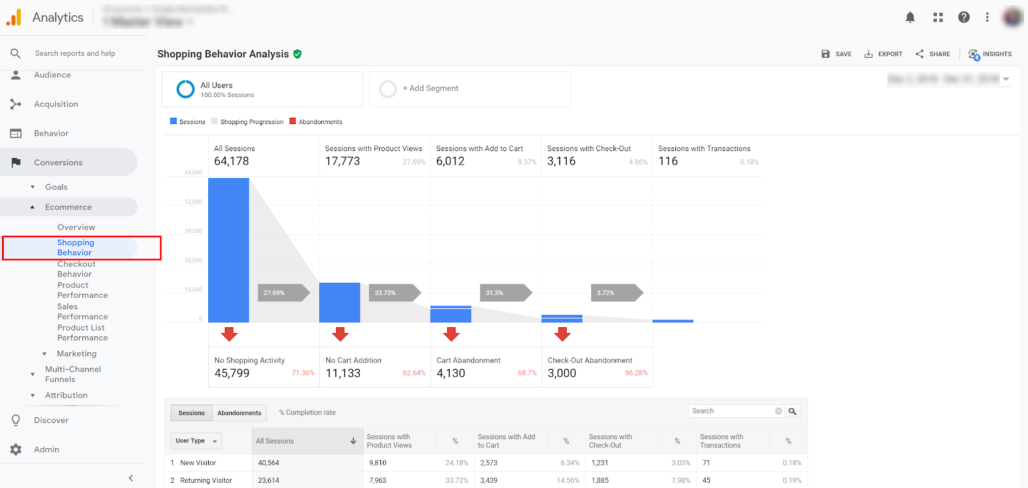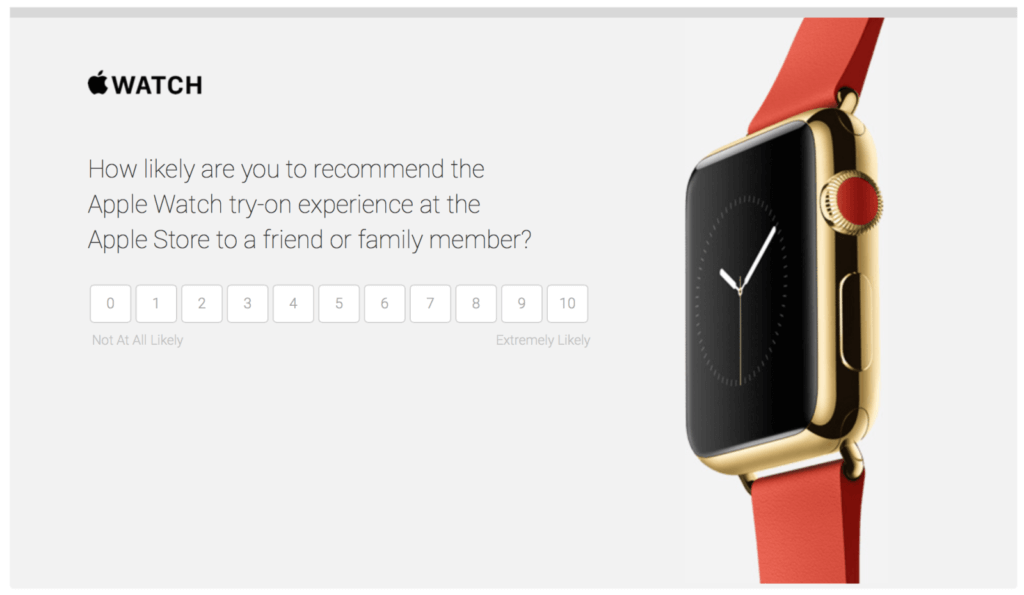User testing is an essential consideration for any business looking to get the most out of their online presence. Once upon a time, good user experience set you apart from the competition; but then the likes of Steve Jobs changed all that with the Mac, and then the iPod, and then the iPhone… and before you knew it, customers were demanding that products work seamlessly from the very first click.
If UX is so important, how do you actually know what your users want? Just having a stab in the dark and guessing their needs won’t cut it, and is a quick way to lose precious time and money. This is where user testing and user testing questions come in.
At Unfold, we use the MVP method of development which involves an iterative build process with changes and new features being built off the back of findings from user testing and data. This means you can try out and test new features before developing the technology to support them, with only the most valuable features making it into the live platform. Along our standard development pathway, we recommend utilising user testing at nearly every stage.
User testing and research methods
These are the standard testing practices we use to get information from users and translate this into informed product decisions. These methods offer a range of both qualitative and quantitative data sets with which to develop and improve your platform.
1-1 discovery calls – Before designing anything, it’s vital to validate the problems your users are facing so that you can design solutions that deliver value. These discovery interviews are a fantastic chance to dive into the mind of your prospective users’ habits, frustrations and desires.
Focus groups – this is a great option if you want stimulated discussion of the user testing questions surrounding a topic and your product. This can give you a feel for what’s important, where differing opinions lie and new ideas on how to tackle them. One thing to be aware of with focus groups is that sometimes the loudest voices win out where everyone’s opinion should be valued, so try to make the playing field as even as possible.
Page A/B testing (we use Google Optimize) – A/B testing is the process of changing something in your website and then serving 50% of your visitors with the new version and 50% with the control version. Using a tool like Optimize, you can then track which version is more effective at creating a desired outcome (usually sales or conversions). This gives you a clear idea of cause and effect for each change and whether it’s worthwhile or not. There are infinite ways to test and optimise your application, so you should always have an experiment running!
Session recordings (Hotjar) – Session recordings allow you to see recordings of your users interacting on your platform in real time. It’s really useful for spotting exactly where on the page people tend to lose interest or fall out of the funnel, offering you the opportunity to tighten up these areas and create a better user experience.
Data led bottleneck discovery – using Google Analytics, Google Data Studio and a KPI dashboard – carefully tracking your metrics can also give you an indication of where on the journey seems to stop people converting. Once you spot these bottlenecks you can go in and complete some A/B testing to see what part of the platform is causing the issue.

Net Promoter Score (NPS) survey – this is a market research metric ranging from -100 > 100, based off of a single survey. This form of user testing questions participants on the likelihood that they would recommend a company, product or service on a scale of 1-10. Participants from this will be classed as “Detractors”, “Passives” or “Promoters”

Net Promoter Score = % of promoters – % detractor customers
All these methods to boost your business and stay laser-focused on your customers.
How do you get users to take part in your research?
It can sometimes take an investment in terms of money to find willing and reliable users to partake in your data-gathering efforts. The up-front investment, however, will be well worth it further down the line. A few of the methods we use to find user candidates are;
- Recruit from your existing user base with incentives such as Amazon vouchers, discount codes from your shop, or gift cards.
- If you’re looking for specific users you can use a specialist firm to help you find individuals. We can personally recommend People For Research.
- Tools like UserBrain are great for remote user testing, allowing you to trial your prototypes with multiple participants asynchronously and watch back session recordings later with commentary from users – brilliant for catching usability issues with your app. Be careful not to rely on it for more qualitative data though – especially when you’re still early in testing your proposition.
User testing should form a core part of the product build process for businesses hoping to remain competitive. What might seem like an up-front labour of love will be well worth it in the long run, with strong pay-offs in user retention and conversion rates.
At Unfold, user testing is a key part of our process. Whether you need to test an existing platform or are developing a new one, we can support you from start to finish, helping you refine and improve your project every step of the way.
